Retrospective: Smartphones worth remembering from the first half of 2017
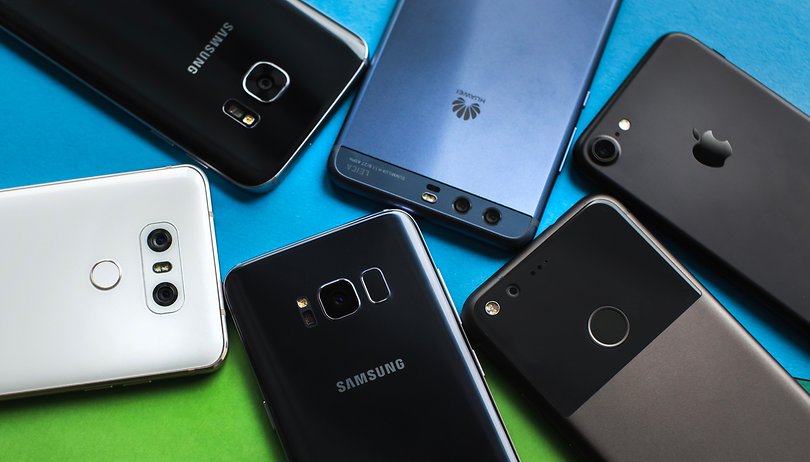
Right now, we're in a period of relative calm. The only big smartphone release of the month was the Moto Z2, and apart from that, manufacturers are remaining quiet for the moment. But, it wasn't always like this, the year was full of presentations of smartphones of all kinds. In this article, we've collected all the highlights of 2017 thus far.
January
Every year kicks off the same way: with CES in Las Vegas. It's true that the conference isn't always big on smartphones, but still, many were presented: the Zenfone 3 Zoom (a mid-range device optimized for photography), and the Zenfone AR (made to handle virtual and augmented reality).
HTC also took the opportunity to present two smartphones: the HTC U Play and the HTC U Ultra. The new U range distinguishes itself from preceding models thanks to Sense Companion, a virtual assistant made by HTC which aims to improve user experience. It is now available on all HTC smartphones.
Huawei presented its new mid-range smartphone, the Honor 6X, which is the successor to the Honor 5X. The camera is elegant, the battery life is solid and it has a dual camera. While the dual camera doesn't perform miracles, it's still a nice little plus. Huawei also released the P8 Lite (2017), a followup to the P8 Lite, in the same month.
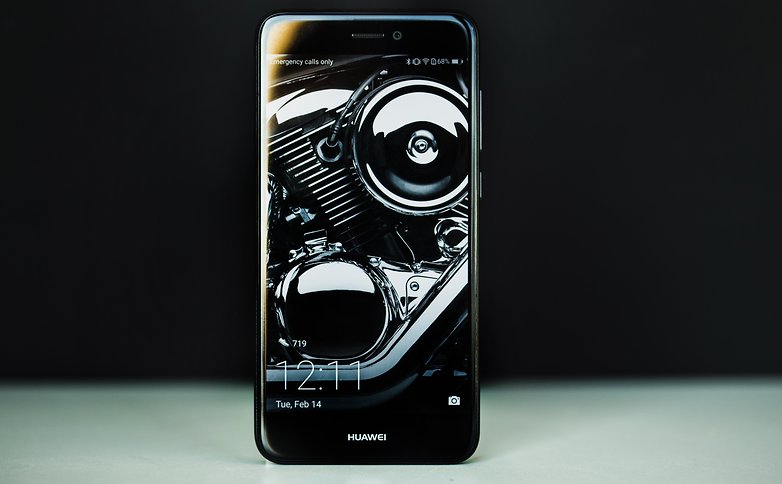
February
February was also a big conference month thanks to Mobile World Congress, or MWC for short. Unlike CES, MWC is the event of the year for smartphones and the biggest manufacturers all congregate there to present their new flagships - with a few exceptions this year. Samsung broke from tradition and used the occasion to show off the new Galaxy Tab S3 instead of presenting a smartphone.
BlackBerry revisited the prototype is presented at CES, the Mercury. The final product was dubbed BlackBerry KEYone, and though BlackBerry opted to run Android on the device, it kept the iconic physical keyboard beloved by its fans.
Lenovo was also in attendance and presented its two new smartphones, the Moto G5 and Moto G5 Plus. The objective was to present to great mid-range smartphones, with an attractive design and a quality camera. According to AndroidPIT editors Pierre and Bruno who tested these devices, Lenovo achieved its goal - and users so far have tended to agree.
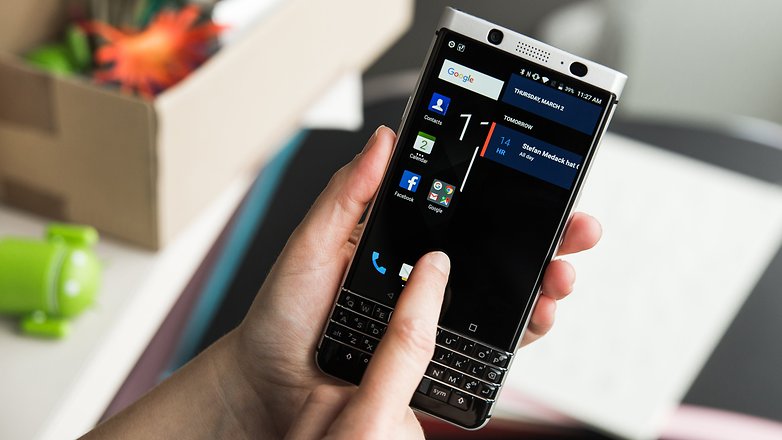
Huawei, a Chinese manufacturer whose popularity is growing rapidly in the US, presented two new flagships: the Huawei P10 and P10 Plus. The two devices proved to be reliable and users have a high opinion of them, but there is a single negative point to be raised: no waterproofing.
Nokia used MWC to make its big comeback onto the scene. It announced several smartphones across a wide range, but it wasn't the new Nokia 6 getting all the attention - the Nokia 3310 stole the show, and it isn't even a smartphone.
Sony was also there, and it came packing a lot of surprises, including the midrange Xperia XA1 and XA1 Ultra, plus a stronger Xperia XZs. But it's the Xperia XZ Premium which caught the eye of everyone thanks to the new high-end Snapdragon 835 processor.
LG, Samsung's arch rival, used this Barcelona getaway to present it's new top-of-the-line LG G6 flagship, whose display features a unique aspect ratio. Getting a 5.7-inch screen onto a medium-sized device like the G6 was quite the feat, and it got a lot of attention from the press.
Plenty of other manufacturers were there, like ZTE with the Blade V8 Life and V8 Mini, and Nubia with the N1.

March
After such a busy February, the month of March was relatively calm - except for one thing. Samsung revealed its two new flagships, the Galaxy S8 and Galaxy S8+. Like the LG G6, these two devices have displays which take up nearly the entire front of the device, and they also represent a refinement to the design of the Galaxy S7.
Of course, performance has also been improved since the S7, thanks to the Snapdragon 835. Samsung also announced Bixby, its new intelligent assistant, but in hindsight it has yet to live up to expectations as the voice control is lacking in both language choices and quality.
April
As manufacturers were busy with the stress of the previous few months, April was a fairly light month. The only new thing for us to sink our teeth into was the beautiful Xiaomi Mi 6, successor to the Mi 5 and 5s.
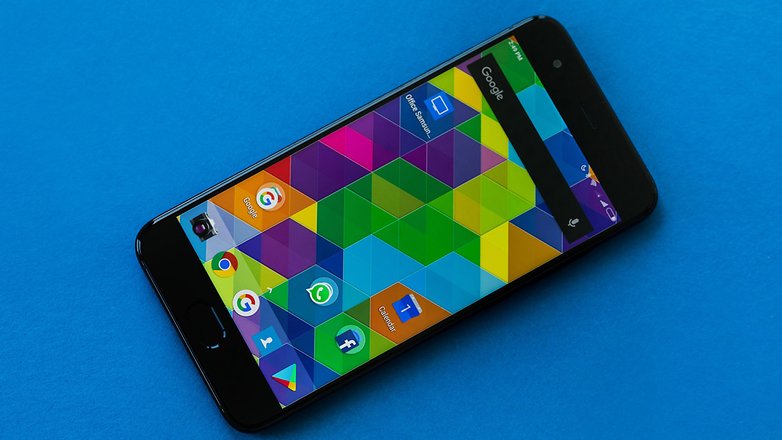
May
HTC didn't present a high end smartphone at MWC, but it caught up in May. It introduced the new HTC U11 flagship to much fanfare. It not only has Sense Companion, but also a fantastic camera and Edge Sense, which allows you to squeeze the phone to launch certain functions.
June
June was the month of price-performance ratio phones being released. OnePlus released the OnePlus 5, its successor to its flagship killer the OnePlus 3T. After it was released, it was incredibly popular, and despite things to atone for, OnePlus's smartphone is convincing overall: it charges quickly, the camera produces great results, etc...
Honor also released its affordable flagship, the Honor 9. As the successor to the popular Honor 8, it has an elegant design and technical specs mostly matching those of the Huawei P10. The only drawback is that there's no official US release planned for this device yet.
Have you decided to buy one of these smartphones, or are you waiting to see what the rest of the year has in store for us? Let us know in the comments.
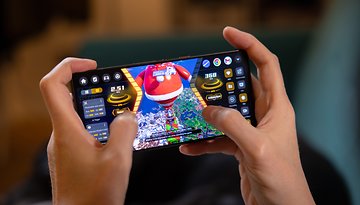













These kids today will never know the horrors of beepers and finding a payphone that isn't being used and waited on...
All of the options you have provided here are simply amazing I like most of them thanks for your great share, please keep sharing.
Essential PH-1, Nokia's flagship and Google's Pixel..
I like the quirky looks of the Essential, a 5.7" screen and it's slightly smaller than LG's impressive G6 and more importantly I like Andy Rubin's approach and attitude to software.
same with Nokia and Google but it's all rumours and hype so far with regards to specs and physical design.